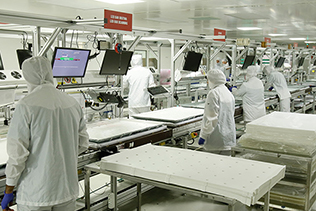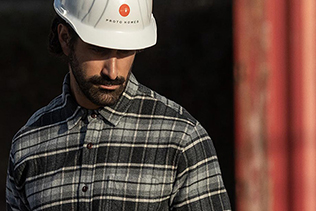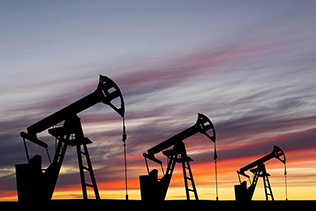CEMENT’S AI REVOLUTION
The AI revolutionizing production efficiency in cement manufacture as part of Turkey’s sustainable development strategy.


“Competitive production and efficiency” are key planks of Turkey’s sustainable development strategy. The country is also a major exporter of one of the world’s most carbon-intensive commodities: cement. In terms of emissions, cement production is Turkey’s second largest industry.

Production efficiency = energy efficiency
It is fitting then that a Turkish digital analytics company, SabancıDx, is innovating the use of Artificial Intelligence (AI) to revolutionize production efficiency in cement manufacture – and energy efficiency as a result.
SabancıDx has developed CDx, an AI industrial analytics solution operating on Microsoft Azure cloud services. By using the software, CDx enables companies to produce 13 months of cement within 12 months and operationally get 1 month of earning in a year.
“With the energy efficiency obtained from digitalized cement production, we can save the equivalent of a year’s electricity for thousands of households,” says Kıvanç Zaimler, Chairman of the Board of SabancıDx.
Orchestrating automation
CDx works by harnessing Internet of Things (IoT) sensors and AI. Both technologies have become increasingly commonplace in factories, as part of the Industry 4.0 trend: a conflagration of smart technologies put to industrial use.
Broadly, CDx acts as an artificially intelligent operator, analyzing machine sensor data and adjusting operational parameters in real-time to maximize efficiency. Crucially, it takes optimization as a holistic endeavor, orchestrating every process as part of the whole.
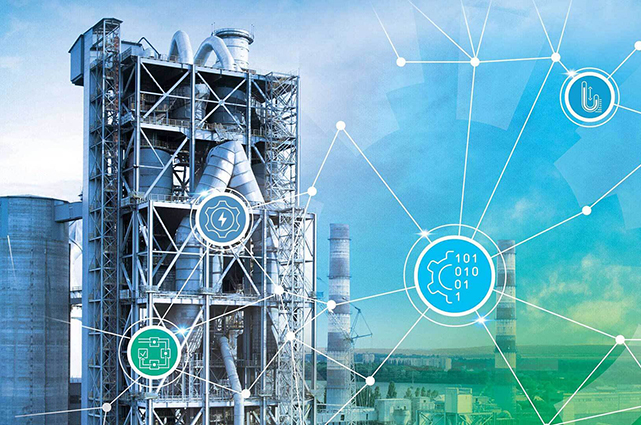
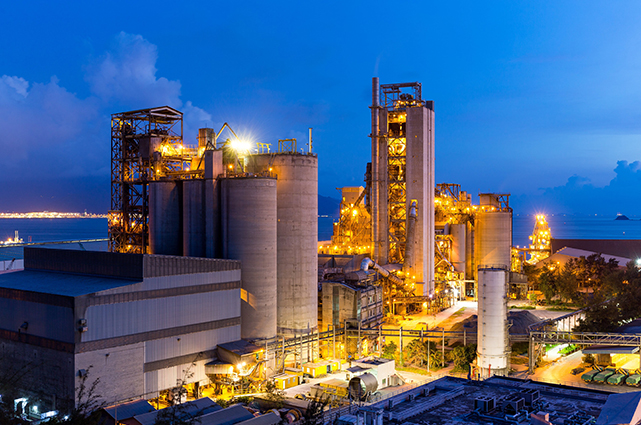
This intelligent orchestration enables manufacturers to “Increase production and preserve competitive advantage by reducing our electricity costs,” according to Tamer Saka, Chairman of the Board of Çimsa, a Turkish cement manufacturer.
By simply making better use of existing machinery, CDx can achieve higher output, better product quality, and extended machine lifespans – while reducing overall operating expenditure, and dramatically improving energy efficiency.
“With the help of the machine learning algorithm, CDx analyzes energy usage end-to-end, improving energy efficiency by up to 7% in mills and 8% in kilns,” says Zaimler
Scalable, secure, and cost-effective
Impressively, CDx requires no new hardware – industrial or IT. Operating on Microsoft’s Azure cloud, CDx plugs into existing machine sensor data, processing the streams on Microsoft servers.
By integrating with existing infrastructure, CDx is remarkably cost-effective, requiring very little capital expenditure. It is also easily and rapidly scalable. Businesses can deploy across multiple locations with minimal set-up, even controlling CDx implementations remotely. “Using cloud technology, we can control our different factories from one center,” says Saka.
And because CDx runs on Microsoft Azure, Çimsa’s data is secured by Microsoft’s best-in-class cloud security.

Decarbonizing cement
CDx is taking root in Turkey, but Zaimler expects that it will spread to “companies in the international market” as well – an expectation we should all share. Cement production accounts for roughly 8% of global carbon emissions. If it were a country, the sector would be the third-highest emitter, behind only the US and China.
25% of cement’s emissions are a byproduct of the production process itself, a proportion that rises to 65% once raw materials and fuel are included. Decarbonizing cement depends on decarbonizing its production.
Carbon capture and electrification are the ultimate solutions. But both are nascent, capital-intensive technologies. CDx reduces operating expenditure, increases output, and shaves a month’s energy off a year’s production. It is a major first step for the industry, and a significant win for the planet.







